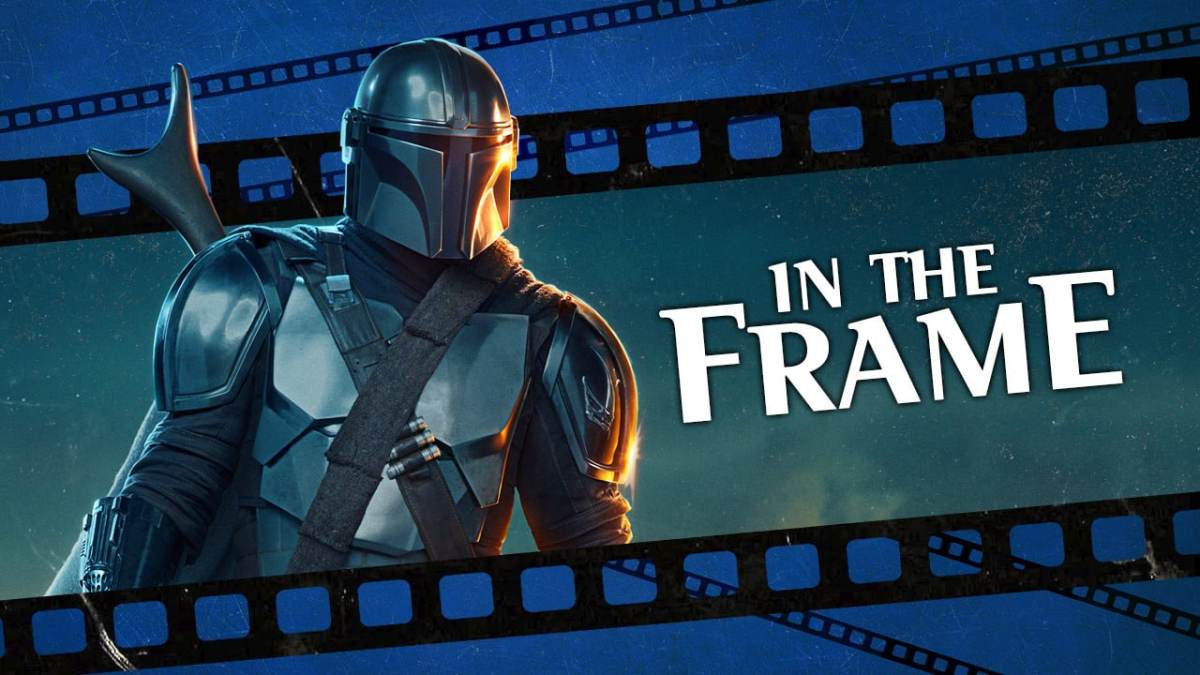The Mandalorian kicked off its second season on Disney+ on Friday.
At its core, The Mandalorian is the story of its title character (Pedro Pascal) wandering through a fallen world as the last representative of a way of life that has been long forgotten. Repeatedly over the course of the first season, characters reference the Mandalorians and their lost way of life. They are treated somewhat similarly to the Jedi in the original Star Wars film, framed as an ancient order that has faded into myth.
“I have never met a Mandalorian,” states Kuiil (Nick Nolte). “I have only read the stories.” The Mandalorians were best known to the audience at large through the iconography of breakout The Empire Strikes Back character Boba Fett, but they were also a major focus of the franchise’s elaborate expanded universe and even in spin-offs like The Clone Wars. However, as the audience is introduced to the title character in The Mandalorian, he has seen better days; even his armor is falling apart.
The Mandalorian unfolds in the wake of the Battle of Endor at the end of Return of the Jedi. The Galactic Empire has been defeated. Stormtrooper helmets are mounted on spikes to commemorate the fall of the Empire. The New Republic has stepped in to fill some of the gap, but none of the characters take it seriously. When Greef Karga (Carl Weathers) suggests that the Mandalorian report some Imperial fugitives to the New Republic, the Mandalorian replies, “That’s a joke.”
The closest that the season comes to taking the New Republic seriously is during a raid on a New Republic transport in “The Prisoner.” Even then, the New Republic is not of particular interest to the show. The episode is much more interested in the band of renegades and bounty hunters conducting the prison break than in the finer details of the institution that they are targeting. The New Republic almost seems like an accidental bystander to the episode’s drama.

The Mandalorian is populated with veterans from the conflict that drove the original trilogy. Cara Dune (Gina Carano) is a former rebel shock trooper from Alderaan who hunted down Imperial warlords after the Battle of Endor. Kuiil is a moisture farmer who was previously a slave to the Empire. Karga was a magistrate, now the head of a guild of bounty hunters. These characters are listless, directionless, and lost. They struggle to keep their heads above water, without a driving ideology.
It is clear from the opening episodes of The Mandalorian that the Empire has not been entirely dismantled. It is just slowly imploding. There are small pockets of loyalists still operating on fringe planets, such as the anonymous Client (Werner Herzog) or the sinister Moff Gideon (Giancarlo Esposito). There is no new galactic order in The Mandalorian. There is simply a decaying and collapsing husk of the Empire as the galaxy falls into chaos.
This sense of disorder is palpable. Indeed, the Client makes an argument for the Empire as a necessary evil by reference to the void created by its slow collapse. “The Empire improves every system it touches,” he insists. “Judge by any metric. Safety. Prosperity. Trade. Opportunity. Peace. Compare Imperial rule to what is happening now. Look outside. Is the world more peaceful since the revolution? I see nothing but death and chaos.” His argument is not entirely unfounded.
Interestingly, this basic setup is an increasingly common trope in contemporary science fiction and fantasy. The third season of Star Trek: Discovery operated from a similar premise, with the crew of the eponymous starship thrown into a future where the Federation has collapsed. Raised by Wolves was built around another similar premise, following two androids programmed to act as the last vestiges of an atheistic society that had been destroyed in a war that burned the Earth.

In some ways, this status quo mirrors that of the original Star Wars. After all, much has been written about how the current mood mirrors that of the late ’60s and ’70s. However, there was a clear galactic order in the original Star Wars. The Empire controlled the galaxy, with the film opening just as the Emperor dismantles the last vestiges of the Old Republic. While planets like Tatooine and Bespin existed at the edge of the Empire’s influence, that influence was still keenly felt and hard to escape.
Star Wars has always had a close association with samurai cinema, with George Lucas explicitly modeling the structure of his original film on Akira Kurosawa’s The Hidden Fortress. However, The Mandalorian really brings that influence to the fore. This is particularly obvious in the fourth episode, “Sanctuary”, which is a straight riff on the familiar premise of Akira Kurosawa’s Seven Samurai, with the Mandalorian protecting a small village from predatory mercenaries.
Even the basic premise of the series — the story of a wandering warrior who becomes the primary caregiver to a young child — owes a lot to the manga series Lone Wolf and Cub, created by writer Kazuo Koike and artist Goseki Kojima. The manga was adapted into a series of samurai films during the ‘70s, which were then repackaged as Shogun Assassin for the American market in 1980. It is one of the formative examples of popular mainstream samurai cinema.

This very direct and very deliberate influence of postwar samurai cinema is interesting, particularly in contrast to the westerns that have traditionally informed franchises like Star Trek and Star Wars. In American westerns, outlaw heroes are traditionally presented as a noble necessity — brutal men for a brutal time who will inevitably be cast out when civilization eventually reaches the frontier, often represented by the arrival of the railroad. In the western, civilization is ascendant.
After all, the western tells the story of a society on the rise. The so-called “golden age of the western” corresponds with the emergence of the United States as a global superpower and the beginning of the American Century following the end of the Second World War. In contrast, the postwar samurai film offers a warped reflection of that. It reflects a society in decline and grappling with its own decay and collapse. This is particularly true of those samurai films made by Kurosawa.
These postwar samurai films were the product of a Japan still reeling from defeat in the Second World War and often explored the erosion of both civic institutions and social norms. Perhaps it makes sense that The Mandalorian quotes so obviously from samurai cinema. Perhaps the fallen world of The Mandalorian taps into a simmering anxiety over the decline of the United States as a global power — its internal decline and its corresponding loss of global influence.
After all, George Lucas has always argued that the Empire was created as a reflection of the United States. This was true in the context of the Vietnam metaphor of the original trilogy and in the War on Terror metaphor of the prequels. The diminished state of the Empire and the corresponding collapse of galactic order might serve as an expression of growing unease tied to an increasingly chaotic world order.

In fact, this decline perhaps also explains the state of the contemporary western in American cinema. The modern western is often fused with science fiction or horror. Shows like Westworld and films like Logan juxtapose the conventions of the western with a civilization already in decline. Films like The Revenant, The Hateful Eight, and Bone Tomahawk turn the more conventional and classic frontier into a place of horrors.
Given all of this, it makes sense that The Mandalorian should be set five years after the Battle of Endor. The events of the series are much closer to the conclusion of Return of the Jedi than to the beginning of The Force Awakens; the universe in The Mandalorian feels much closer to the end of something than the start. The Star Wars franchise has always been something of an American “pop mythology,” a reflection of how the nation sees itself through the prism of its mind’s eye.
At this moment, there is no ideology that guides the characters through the ruins. Instead, that gaze is turned upon the story of one man and one child wandering through what remains of a fallen and broken world, with nothing but their own sense of direction to guide them and to hope that “this is the way.”





